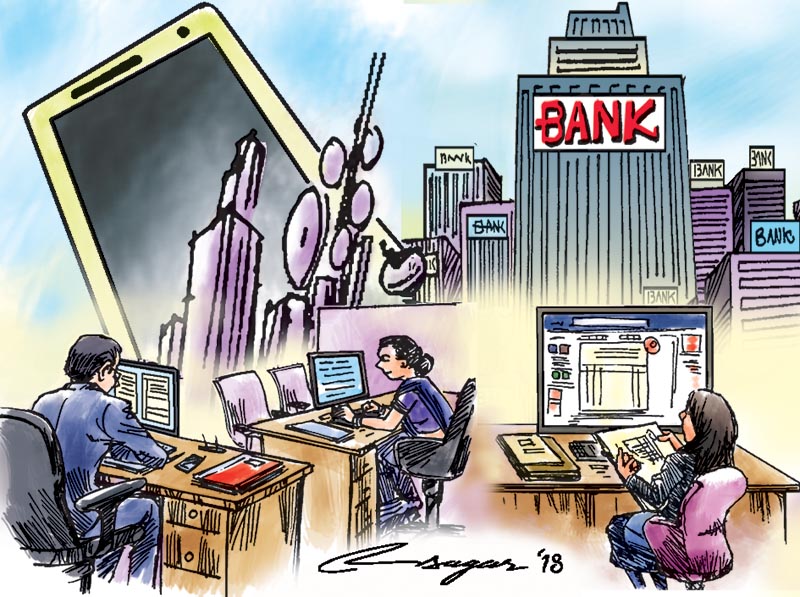Banks taking caution to sanction big loans
Kathmandu, October 27
Commercial banks have started taking caution to sanction big loans and are floating only small loans along with the rising stress of low deposit growth and accelerated credit expansion in the first quarter of this fiscal year.
According to Nepal Bankers’ Association, class ‘A’ banks have floated credit worth Rs 125 billion against deposit collection of Rs 44 billion in the review period. “We were unable to expand credit in the first quarter from the cushion of the last fiscal-end,” said Bhuvan Kumar Dahal, CEO of Sanima Bank. “While coming to the end of the first quarter banks were in a tight position in terms of credit to core capital plus deposit (CCD) ratio.”
The total loan portfolio of commercial banks reached Rs 2,182 billion whereas local currency deposit (only local currency deposit is counted in CCD) size stood at Rs 2,433 billion in the review period. Core capital of the commercial banks stands at Rs 380 billion. In this regard, average CCD of the banks stands at 77.6 per cent. As per the regulatory provision, banks can float loans of up to 80 per cent of the sum of deposit and core capital.
“The capacity of the banks to extend loans is saturating as they are almost close to the optimum level of the regulatory ceiling,” explained Anil Keshary Shah, CEO of Nabil Bank. Except for the government-owned Rastriya Banijya Bank, almost all other banks have a very limited cushion for the regulatory threshold of CCD.
Dahal of Sanima Bank, has said that the long-term deposit renewal is low and as a result banks have started taking caution to sanction big loans of above Rs 50 million. They are only floating loans worth Rs 10 million to Rs 50 million that were already committed and are urging borrowers to defer the schedule so that banks do not have to disburse the loans promptly. Dahal, however, said that eyeing the cushion to meet the regulatory threshold of CCD, banks are floating small loans that are below Rs 10 million.
He further said that he doubts if some banks are actually sticking to the deposit rate that was agreed upon among bankers a month back after some banks started offering high rate triggering unhealthy competition in deposit rates.
Commercial banks had decided to keep fixed deposit rate at 10 per cent and 10.5 per cent for institutional depositors and individuals, respectively, on October 11. The new threshold for interest rate on fixed deposit is 0.5 percentage point lower than the rate on fixed deposit schemes agreed between NBA members last fiscal. Similarly, they agreed to keep the call deposit rate at five to seven per cent because banks cannot offer more rate on call deposits than general savings deposit as per the central bank’s rule.
Dahal explained that the government’s slow capital expenses is the major reason behind the situation of credit crunch. The deposit starved banks have been looking for every alternative way to collect deposits without manipulating the financial market through unhealthy competition in deposit rates, which reportedly distorts the market due to rampant transfer of funds from one bank to another bank and thus triggers the lending rate.
Nepal Rastra Bank initially had asked the banks to submit their credit and deposit mobilisation plan in the beginning of this fiscal. However, lack of supervisory capacity of the central bank has led to banks facing the same problem that the country’s banking fraternity has been witnessing since long, that is, credit crunch since the last one-and-a-half years due to huge imbalance in deposit collection and credit mobilisation.






